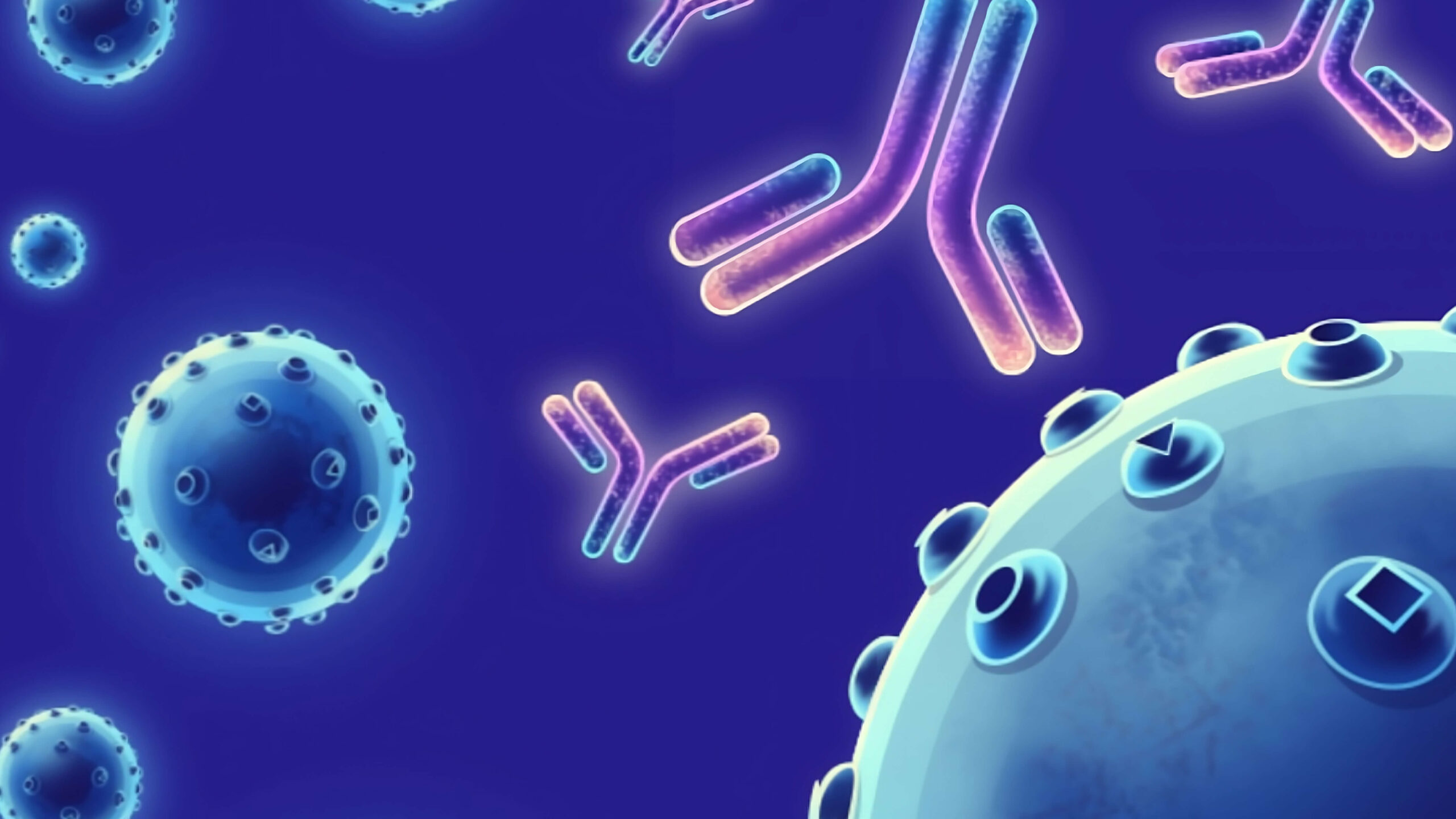Description
The spike (S) glycoprotein of coronaviruses contains protrusions that will only bind to certain receptors on the host cell. Known receptors bind S1 are ACE2, angiotensin-converting enzyme 2; DPP4, dipeptidyl peptidase-4; APN, aminopeptidase N; CEACAM, carcinoembryonic antigen-related cell adhesion molecule 1; Sia, sialic acid; O-ac Sia, O-acetylated sialic acid. The spike is essential for both host specificity and viral infectivity. The term 'peplomer' is typically used to refer to a grouping of heterologous proteins on the virus surface that function together. The spike (S) glycoprotein of coronaviruses is known to be essential in the binding of the virus to the host cell at the advent of the infection process. It's been reported that SARS-CoV-2 (COVID-19 coronavirus, 2019-nCoV) can infect the human respiratory epithelial cells through interaction with the human ACE2 receptor. The spike protein is a large type I transmembrane protein containing two subunits, S1 and S2. S1 mainly contains a receptor binding domain (RBD), which is responsible for recognizing the cell surface receptor. S2 contains basic elements needed for the membrane fusion. The S protein plays key parts in the induction of neutralizing-antibody and T-cell responses, as well as protective immunity. The main functions for the Spike protein are summarized as: Mediate receptor binding and membrane fusion; Defines the range of the hosts and specificity of the virus; Main component to bind with the neutralizing antibody; Key target for vaccine design; Can be transmitted between different hosts through gene recombination or mutation of the receptor binding domain (RBD), leading to a higher mortality rate.
Target
Spike
Target Alias Names
coronavirus s1, coronavirus s2, coronavirus spike, cov spike, ncov RBD, ncov s1, ncov s2, ncov spike, novel coronavirus RBD, novel coronavirus s1, novel coronavirus s2, novel coronavirus spike, RBD, S1, s2, Spike RBD
Isotype/Mimetic
mouse (variable region) / human (kappa / IgG1 constant) chimeric antibody
Animal-Derived Biomaterials Used
No
Sequence Available
No
Original Discovery Method
Hybridoma technology
Antibody/Binder Origins
Animal-dependent discovery, post-2020, In vitro recombinant expression

